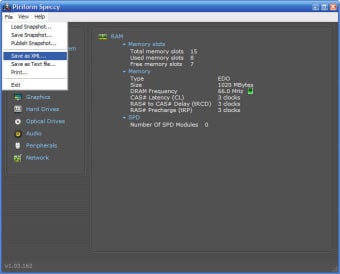

Gparted says the same as the installer ( ). The installer shows me that I have one 1TB drive divided into three partitions. Here is the part I'm confused with and I want to make sure I'm doing everything right so nothing gets messed up. I then proceeded to select "Something else" to look at my partitions ( ).

Based off of many install guides and tutorials I have read I was expecting a "Install Alongside Windows" option but none was available. Next I opened up the install wizard completed everything perfectly until I got to this screen ( ). I then clicked "Try Ubuntu" and connected to wifi. I burned the 12.04 64-bit iso to an empty CD and booted off of it. If you have any confusion or need any type of help related to technology, please let us know and we will try to solve them.So for a while now I've been trying to dual boot windows and Ubuntu on my dell XPS 8300, but I always have trouble when it comes to partitioning. For refrence please see the sreesnhot.ĪLSO SEE: How To Disable Windows 10 Update Manually The CPU-Z is tell us about CPU, Caches, Motherboard, Memory, GPU and few other things. Speccy is much intuitive as comapred to the CPU-Z and also provide more inofrmation. For reference, you can see the screenshots given below.ĬPU-Z is available for both Android and Windows platforms.

After installation, run the software and you will find all information related to the Operating system, CPU, Motherboard, Graphics, Storage, Optical Drives, Audio, Peripherals, and Network. Motherboard and CPU info using Speccyĭownload the speccy using the link given in this article and install it. If you are not familiar with the command prompt and want some simple solution to find all your motherboard, RAM and CPU information at one place then you can use Speccy ( download) or CPU-Z ( download). You can see in the below screenshot, we got details about motherboard manufacturer, Product, and version. Wmic baseboard get product,Manufacturer,version,serialnumber


 0 kommentar(er)
0 kommentar(er)
